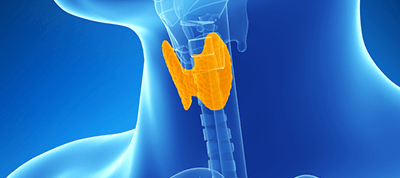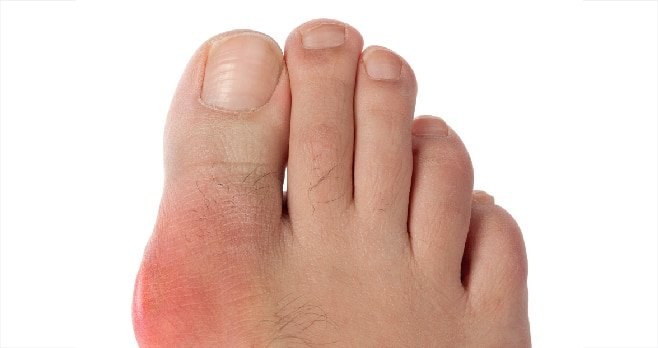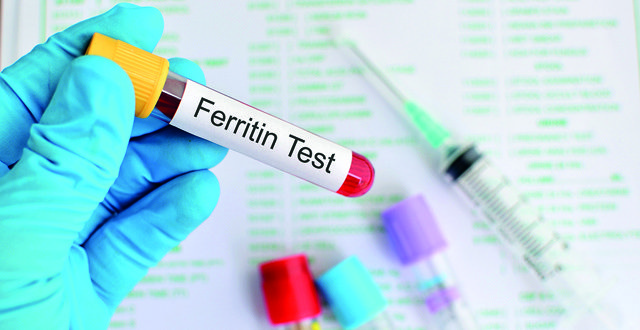<p class=”p1″>Chronic lower back pain (LBP) is a disease by itself lasting for longer than six months and involves functional impairment and disability (HSE 2011). It is commonly described as multi-factorial. Of the patients who present with LBP, 85 per cent have non-specific LBP. <span class=”s1″>Non-specific LBP is defined as LBP </span>not attributable to a recognisable, <span class=”s1″>known pathology (eg, infection, tu- mour, osteoporosis, fracture, struc</span>tural deformity, inflammatory dis<span class=”s2″>order, radicular syndrome, or <em>cauda </em></span><em>equina </em>syndrome) (Balague et al <span class=”s1″>2012).</span>
<p class=”p1″><span class=”s3″>LPB is the fifth most common reason for GP visits and affects 60-80 per cent of people through- out their lifetime. The global age-standardised point of prevalence of LBP (0-100 years) was estimated to be 9.4 per cent (Global Burden of Disease 2010) and was the highest in Western Europe followed by North Africa/Middle East, and lowest in the Caribbean followed by central Latin America. In Ireland it is estimated that as many as one-in-five people experience chronic or persistent pain and the most common site is the lower back (47 per cent). According to the <em>Prime Study </em>(Raftery et al 2012) the economic impact on chronic pain costs an estimated €4.6 billion a year, or 5 per cent of GDP and most of the burden is shared by the taxpayers. With on- going lack of awareness and improper management there could be a five-fold increase in the prevalence of LBP over a 15-year period (Pransky et al 2011).</span>
<p class=”p1″><span class=”s3″>Clinical assessment of patients with non-specific LPB is challenging as it has a large psychological component. In order to assess psychosocial factors, a colour coded Flags Framework has been conceptualised. Initially developed in relation to return to work (Kendall et al 1997), they are now used routinely in multidisciplinary assessment of such pain.</span>
<p class=”p1″><span class=”s3″>Management of such patients with non-specific cause is very difficult as there is no specific medical therapy. They fail to respond to conventional pain medications and procedures and they are dragged into a situation of hopelessness. But there is always light at the end of the tunnel. The HSE is using the ‘population health’ approach as a key part of identifying that everyone has a responsibility to promote and protect their own health and health of others. A core strategy that is widely practiced is Wagner’s Chronic Care Model, an organisational approach to caring for people with chronic disease in a primary care setting. The system is population-based and creates practical, supportive, evidence-based in</span>teractions between an informed, activated patient and a prepared, <span class=”s1″>proactive practice team. Its central </span>strand is the role of self-manage- <span class=”s1″>ment programmes (SMPs).</span>
<p class=”p1″>Self-management has been defined as “the ability to manage symptoms, treatment, physical and psychosocial consequences and lifestyle changes inherent in living with a chronic condition” (Barlow et al 2002). The goals of self-management are to enhance self-efficacy, improve knowledge <span class=”s1″>and understanding about pain and </span>mood, and to promote pacing, relaxation and coping mechanisms. Self-management aims to empower patients to make decisions on how best to manage their pain. The National Centre for Chronic <span class=”s1″>Disease (2005) recognises and rec- ommends self-management in pa</span>tients living with persistent pain. The UK NICE (National Insti- tute for Health and Clinical Excel<span class=”s1″>lence) 2016 guidelines recommend self-management programmes for </span>non-specific LBP. SMPs comple<span class=”s1″>ment traditional patient education in supporting them to have the best </span>possible quality-of-life with their chronic condition. Traditional patient education programmes offer information and technical skills. <span class=”s1″>SMPs include education and teach problem-solving skills.</span>
<p class=”p1″><span class=”s2″>Self-management entails: </span><span class=”s1″><em>Three self-management tasks:</em></span>
<p class=”p1″><span class=”s1″>• Medical management. • Role management. • Emotional management.</span>
<p class=”p1″><span class=”s1″><em>Six self-management skills:</em></span>
<p class=”p1″><span class=”s1″>• Problem solving: Patients are taught basic pain solving skills.</span>
<p class=”p1″><span class=”s1″>• Decision making: Patients are given the tools to make day-to- day decisions in the manage-</span>
<p class=”p1″>ment of their pain. • Resource utilisation: Patients are taught how to find and utilise resources, eg, online support. • The formation of a patient-provider partnership: The role of
<p class=”p1″>the healthcare provider is a teacher, partner and professional supervisor. The patient should be able to make informed decisions on his/her pain management and discuss with their healthcare provider.
<p class=”p1″>• Goal setting and action planning: This encourages patients to actively participate in their management and to empower them to become more self-determined.
<p class=”p1″>• Self-tailoring: Patients learn the principles of changing behaviour and self-management. This is tailored to each individual’s needs and is more effective than ‘one-size-fit-all’. <span class=”s1″>Regardless of the chronic con</span><span class=”s1″>dition, the development of a generalised set of skills has proven to be successful in allowing patients to effectively manage their chron- ic condition on a day-to-day basis </span>and improve health outcome.
<p class=”p1″><span class=”s1″>The Chronic Pain Self-Man- agement Programme (CPSMP) is tailored towards patient educa- tion, which stems from the Stanford University self-management programme. Goal setting is a fundamental element of a suc- cessful self-management pro- gramme. The SMART (S= Specific M=Measurable A=Action oriented R=Realistic T= Timed) goals-setting acronym is recommended to </span>help patients set effective goals. Pa<span class=”s1″>tients attending a self-management pain programme who set goals that are attainable, realistic and timed, </span>tend to achieve better outcomes.
<h3 class=”p2″>St James’s SMP</h3> <p class=”p1″><span class=”s1″>The Department of Pain Medicine in St James’s Hospital, Dublin, introduced a SMP for patients with functional chronic pain conditions due to non-specific causes. It is delivered in a group set- ting by a multidisciplinary team (MDT) of experienced healthcare professionals working closely with </span>the patients. This involves the pain <span class=”s1″>consultant, clinical nurse specialists (CNSs), psychological medicine, physiotherapy, dietician, occupational therapy and mindfulness coach. The CPSMP is based </span>on the pain tool kit, which is used by the Stanford chronic disease <span class=”s1″>programme. Patients are assessed for suitability to attend the CPSMP by the pain physicians. All costs in</span>curred by the patient on the day (lunch and parking) are covered; this is very important as most of the patients would have financial <span class=”s1″>issues and this can help to increase </span>attendances. The day is informal <span class=”s1″>and encourages participation. The </span>CNSs are available to the patients thoughout the programme to dis- <span class=”s1″>cuss any issue that may arise.</span>
<p class=”p1″>A pilot study to evaluate the ef<span class=”s1″>fectiveness of the self-management </span>pain programme three months post-completing the programme was carried out over a three-year period (2013-2016). A total of 54 <span class=”s1″>patients were enrolled in the study, of which 24.5 per cent had non-spe- cific LBP (<strong>Figure 1</strong>).</span>
<p class=”p1″>At three months, the patients were contacted by phone by an independent person. They were asked questions if they had made any positive changes in the man- <span class=”s1″>agement of their pain. All patients </span>in the pilot study had made some positive changes in the day-to-day management of their chronic pain (<strong>Table 1</strong>). All 54 patients <span class=”s1″>said they were happy to have completed the programme.</span>
<p class=”p1″>The results support the effectiveness of the self-management <span class=”s1″>model on non-specific LPB, which tends to be slow in progression and of long duration, and can offer patients a means to maintain or even </span>improve their quality-of-life. Fur<span class=”s1″>ther resources and funding are required to expand the self-manage</span>ment pain programme for non-<span class=”s1″>specific chronic pain, especially involving the lower back.</span>
<p class=”p2″><strong>References on request</strong>









Leave a Reply
You must be logged in to post a comment.